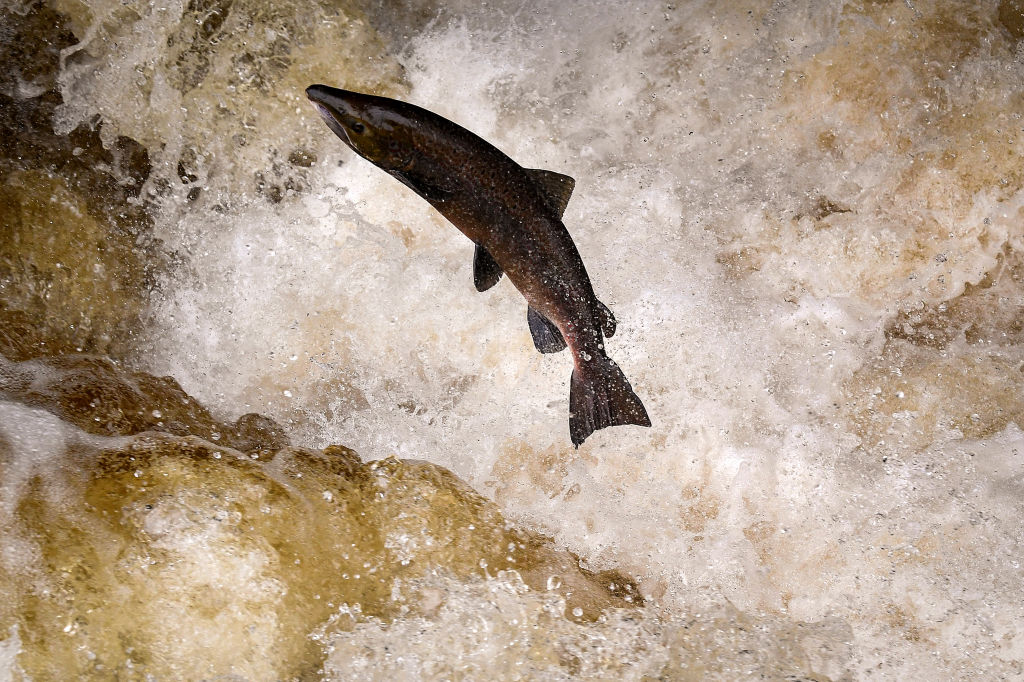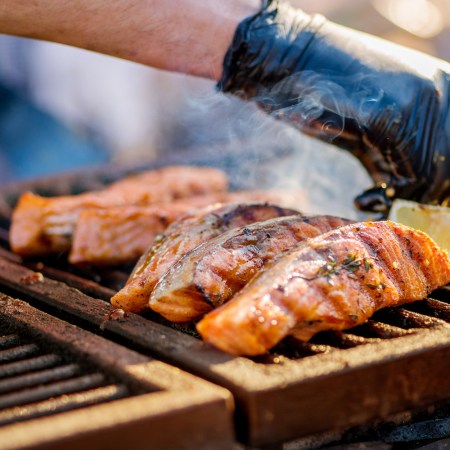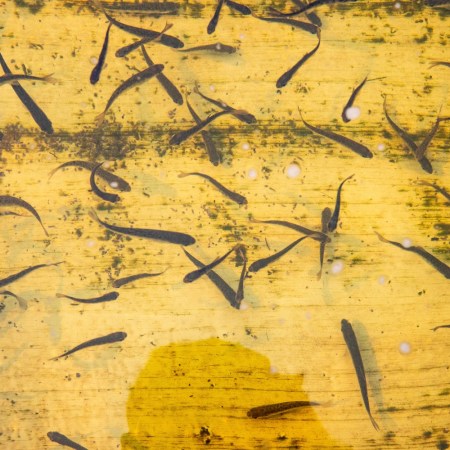It’s hard to be a salmon these days, especially in California. Drought conditions in the western United States have led to the surreal-but-necessary sight of trucks being used to transport salmon on the routes they would normally take for their migration, for one thing. But that’s not the only way the ongoing drought poses a threat to salmon — both in the short term and in terms of their long-term sustainability in the state.
The outlook for the iconic fish has taken a bleak turn. At The Washington Post, Scott Wilson discussed the uncertain future of Chinook salmon. As Wilson points out, the heat and drought conditions aren’t just making certain bodies of water inaccessible to salmon — they’re also heating up the waters where salmon currently reside, killing them en masse. Out of one population of 16,000 salmon, 14,500 have died as a result of the drought.
As Wilson phrases it, “a year of spring-run Chinook reproduction will be lost in the valley’s hot, low-flow waterways.” In other words, it’s not just about one season — it’s about whether enough salmon will survive and reproduce to make future populations possible.
While government agencies are working to preserve the population, the extreme weather this year has exacerbated the problem considerably. As the article points out, the full effects of this year won’t be apparent immediately, given the life cycle of these salmon. But it’s enough to have plenty of experts worried — and pondering what their next steps should be.
Thanks for reading InsideHook. Sign up for our daily newsletter and be in the know.


















